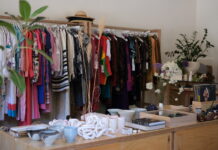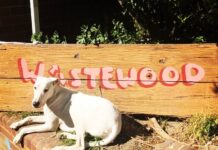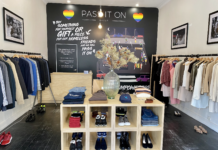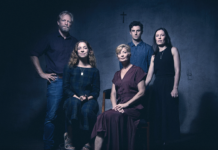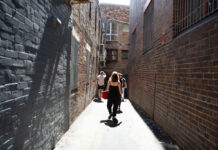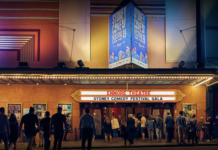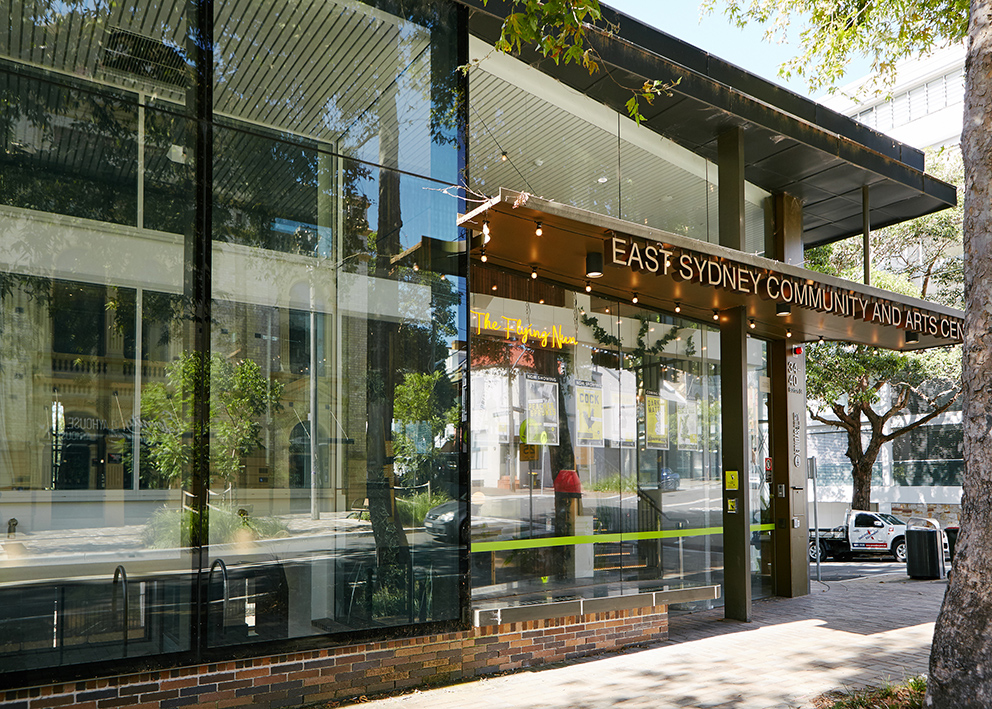James Winter moved to Sydney from Adelaide two decades ago because he was attracted to the “quirky, queer and contemporary” inner city culture. That culture has since been threatened, but Winter believes the city is on the verge of a new renaissance and he’s doing what he can to bring it on.
Sydney sometimes makes James Winter feel sad.
“So many people are just staying in and watching Netflix and ordering UberEats,” he says. “It’s so dreary!”
“Anything to do with people making noise is legislated to the eyeballs and then the police arrive, but jackhammers at 7 am are ok, so its almost as if the city is given over to machines.”
Winter, however, isn’t one to complain. He’s anti-whinging, anti-apathy and essentially totally pro-Sydney, or pro the Sydney which he believes we will be enjoying in the near future.
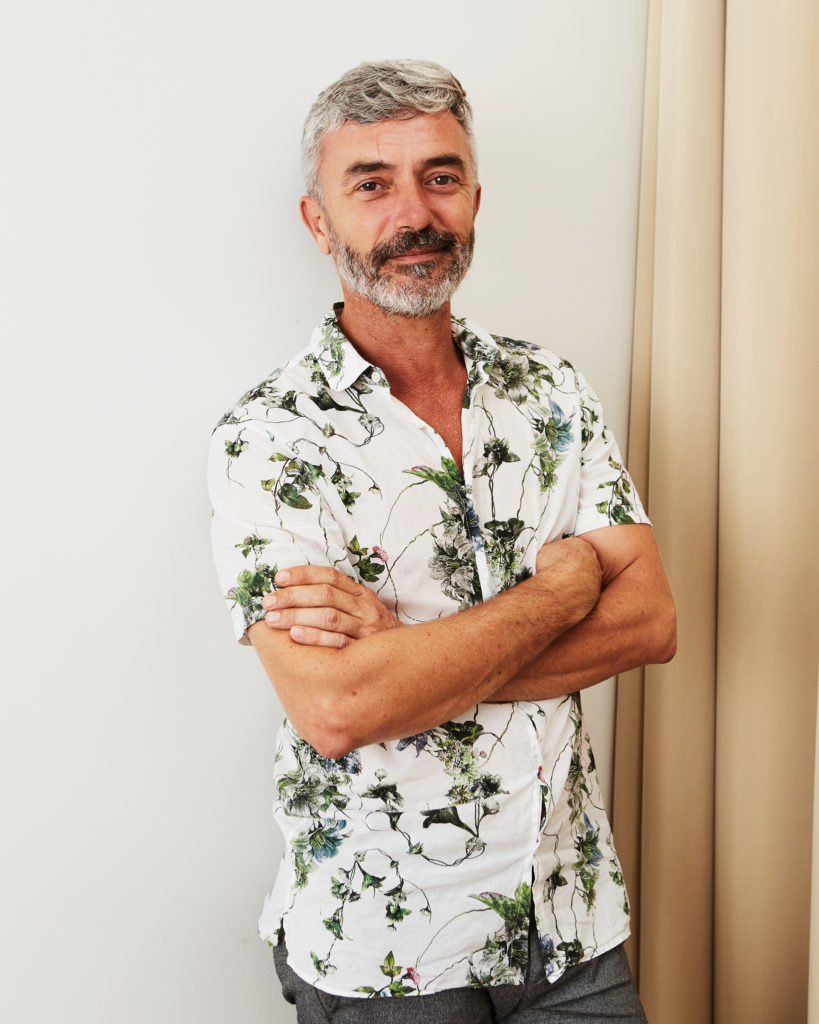
“In five years time we’ll look back at 2018 and 2019 and say ‘what a disaster’ and think how wonderful it is to be living in such a fantastic Sydney,” he says.
“But there’s work to do, because as soon as we sit back and whinge, that is a defeat.”
Winter has been doing anything but sit back and whinge. As the director of not-for-profit arts management group Brand X since 2005 he has been a significant catalyst for innovative projects throughout the inner-city.
Brand X are the managers at the East Sydney Community and Arts Centre, where they provide space for creatives working in the performing and visual arts, recording and media.
Brand X are not simply managers, they are also entrepreneurs in their own right, curating the Flying Nun arts program which aims to give oxygen to artists struggling for performance and exhibition space in a city with a chronic shortage of venues. The program is structured so that 98 percent of the box office goes back to the artists.
“Sydney is bottlenecking in terms of creative space,” says Winter.
“The theatres are closed shops and new work is high risk, and the more established venues are nervous of taking that risk, which means that the stories we are seeing in theatre and dance is monocultural.
“Flying Nun is an opportunity for artists who are often locked out of venues, and an opportunity for them to show their work and give them a real leg up.”
Finding space is the heart of the Brand X project, and Winter and his team have also become expert in finding disused and obscure properties and converting them, even temporarily, into art spaces.
The group managed several warehouses in the Kensington Street area at Central Park (now Spice Alley) while the project was under construction, and then activated 1000 square metres on level 3 of the shopping centre as an art space while the managers, Fraser Properties, found commercial tenants.
“It was a fascinating experience moving into that space,” says Winter.
“We were really confident but weirdly enough the artists resisted because it was in a shopping mall.
“For the first three months I had to beg people to join us on that journey, but by the end of the tenancy I had people screaming and knocking on the door wanting space.”
Creative space in shopping centres might be unfamiliar in Australia, but it is commonplace in Asia and as Sydney develops is likely to become more prevalent here.
“In Asia cultural infrastructure is entrenched into all building projects,” says Winter.
“Its part of their DNA. On floor 17 there’s a dance studio, on level 24 there is a library, and I think that is the future here too, and what we need to do is argue that the space allotted to the creative community is good stock, and not at the back of the lot next to the dumpster bins.”
The potential for using temporarily unwanted and “broken” spaces for art to re-animate Sydney is one of Winter’s passions, and he believes that upcoming State Government legislation combined with longstanding City of Sydney policy could be about to make this more possible.
“There are more spaces out there to repurpose,” he says. “And the State Government and the City of Sydney are very switched on to the idea, so the legislation is changing and that is a huge thing.
“Right now, we might see a lot of empty buildings on the streets, but there’s not a lot we can do about it because they are locked in regulation but we might see some legislation in State Parliament in the second half of this year.”
It might be co-incidental that this is happening with a State Election afoot, and while he might think the Government has moved too slowly in this area Winter says there’s no point in complaining, as this is an opportunity to embrace.
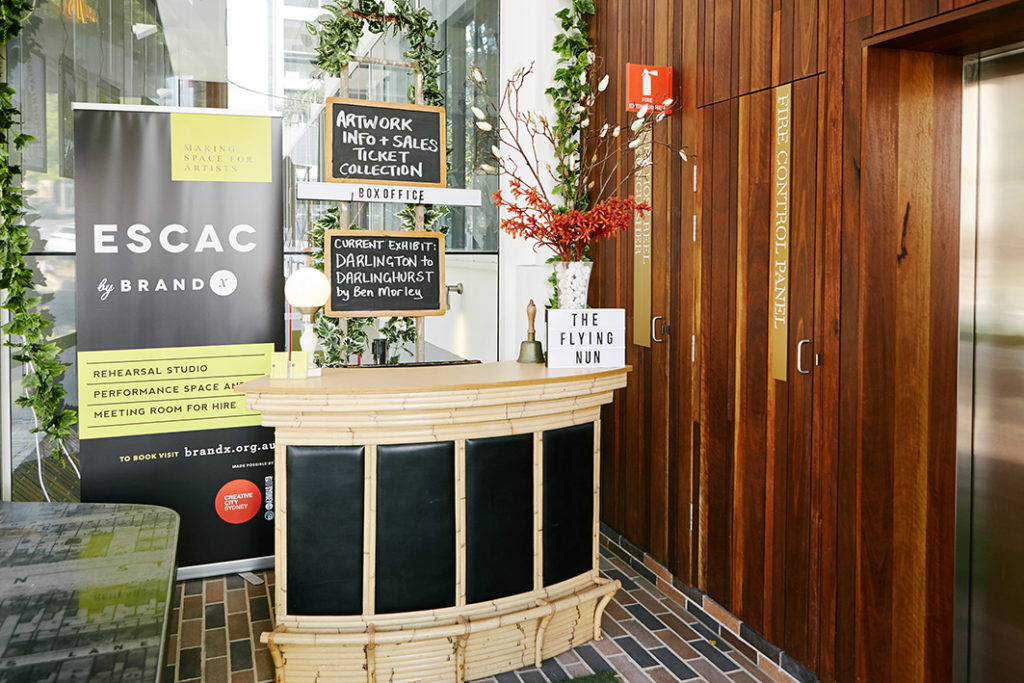
When he looks at Sydney, Winter thinks about city’s and how they go through cycles.
“Cities go from rich to poor, from adventurous to safe, and we need to be able to read these cycles and be opportunistic about making new ideas happen,” he says.
“We also need to remember that we are dealing with a city which is also dealing with massive construction, so it’s not a friendly space for us to even navigate a way through the built environment, and we are also looking at a city where it is incredibly difficult to survive financially, for most people.”
In all cities, the work of artists is critical, says Winter. They are the people who give the city its identity and create the entertainment.
Luckily for Sydney, they are also the “most flexible beings on earth” so even in a time of relative adversity, such as now, artists are still working away and their creativity is pushing the city forward.
There are also glimpses of Sydney’s future in the present, and a hint of what might lie ahead.
“You can walk down George Street and look at those hoardings, and realise that when they do eventually come down we are going to see something beautiful, and that is when we can fill those spaces with our patronage and the content of our artists,” he says.
“When that happens people will gasp and say ‘my god how beautiful’ and they’ll look back on what is happening now as another time.
“So people just need to keep on believing, and understand how wonderful it is to have a young international city which can come into its own again.
“It’s almost as if we have needed this conservatism for us to realise what it is we don’t want for our city, and I really do believe that people are hungry for difference and for a more inspired future in Sydney.”
He might be from Adelaide, but in James Winter Sydney has one of its true believers. He’s an X factor and a catalyst for a more exciting Sydney, hopefully coming our way soon.

